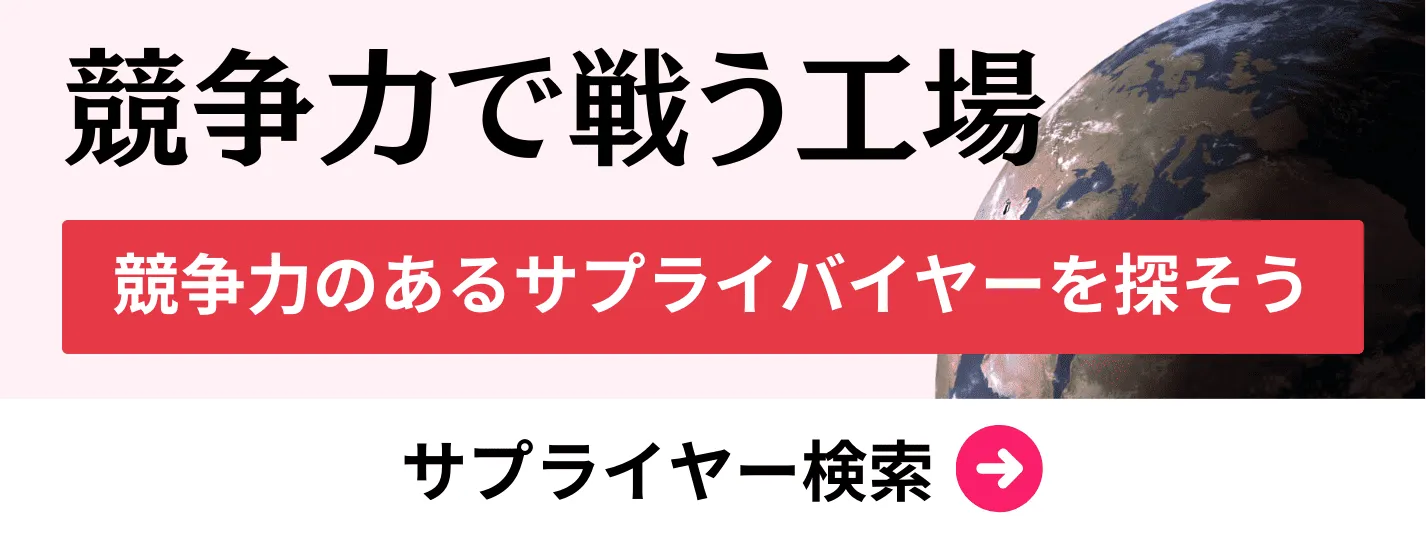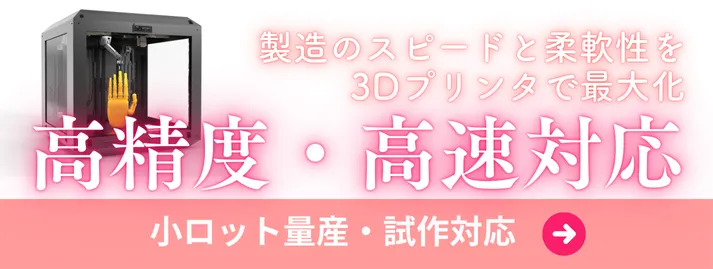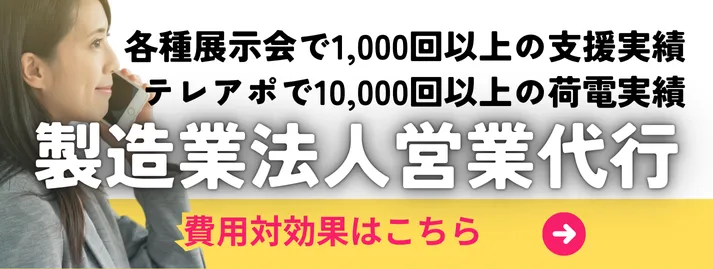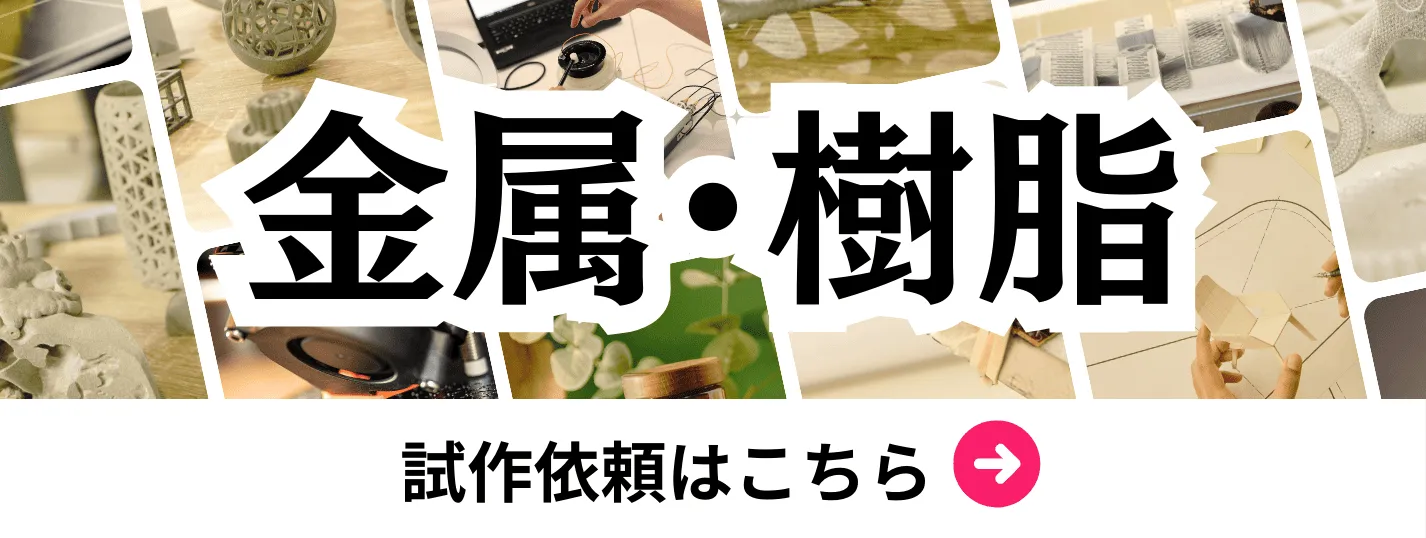- お役立ち記事
- Unlocking the Art of Japanese Manufacturing: Exploring the Role of “グレージング” (Graining) in Precision Craftsmanship
月間76,176名の
製造業ご担当者様が閲覧しています*
*2025年3月31日現在のGoogle Analyticsのデータより
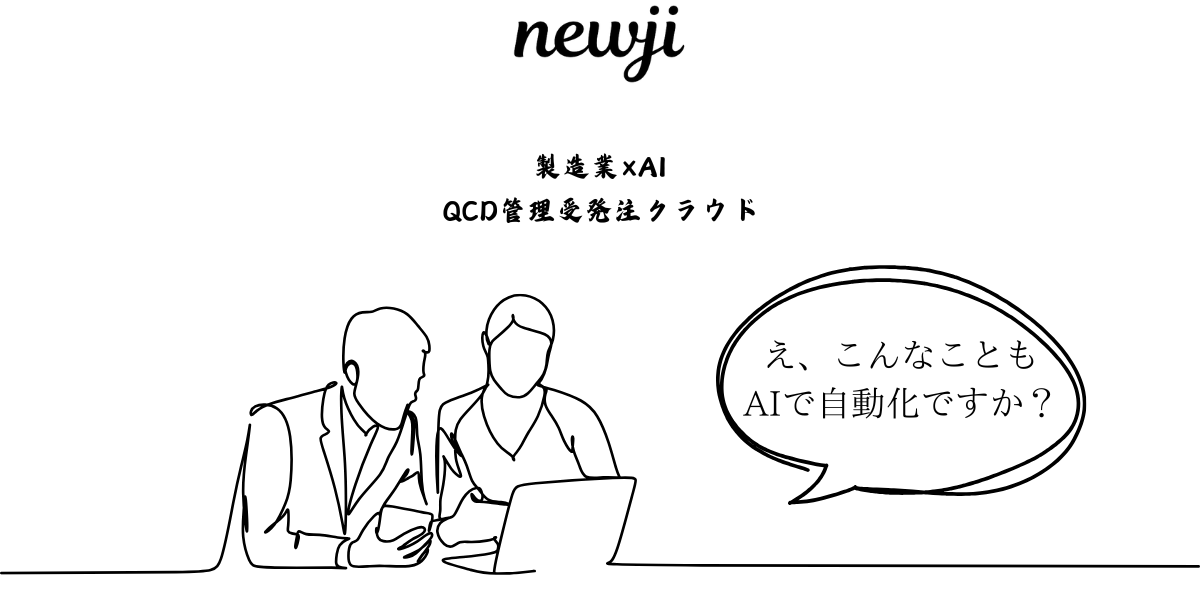
Unlocking the Art of Japanese Manufacturing: Exploring the Role of “グレージング” (Graining) in Precision Craftsmanship

目次
Introduction to グレージング (Graining) in Japanese Manufacturing
Graining, or グレージング in Japanese, is a cornerstone technique in the realm of Japanese precision craftsmanship. This method involves the meticulous application of texture and patterns to materials, enhancing both aesthetic appeal and functional performance. In the competitive landscape of international manufacturing, understanding graining is essential for procurement and purchasing professionals aiming to leverage Japanese manufacturing excellence.
The Role of Graining in Precision Craftsmanship
Graining serves multiple purposes in Japanese manufacturing, bridging the gap between functionality and artistry. It is employed across various industries, including automotive, electronics, and consumer goods, where precision and quality are paramount.
Enhancing Material Properties
One of the primary functions of graining is to modify the surface properties of materials. By creating specific textures, manufacturers can improve grip, reduce slippage, and increase the durability of components. For instance, in automotive interiors, graining is used on steering wheels and seats to provide a tactile experience that enhances user comfort and safety.
Aesthetic Appeal
Beyond functionality, graining adds a unique visual dimension to products. The intricate patterns achieved through graining processes attract consumers seeking products that combine beauty with utility. This aesthetic enhancement often translates to higher market value and brand differentiation in international markets.
Advantages of Graining in Japanese Manufacturing
Japanese manufacturing is renowned for its high standards, and graining contributes significantly to this reputation. The advantages of incorporating graining into manufacturing processes are multifaceted.
Superior Quality Control
Graining requires precise control over production parameters, ensuring consistent quality across batches. Japanese manufacturers employ rigorous quality control measures to maintain the integrity of grained surfaces, minimizing defects and enhancing product reliability.
Customization and Flexibility
The graining technique allows for a high degree of customization. Manufacturers can tailor patterns and textures to meet specific client requirements, offering flexibility that is highly valued in international procurement and purchasing.
Improved Product Performance
By altering surface characteristics, graining can enhance the performance of products. For example, in electronics, grained surfaces may improve heat dissipation and reduce wear, thereby extending the lifespan of components.
Challenges and Disadvantages of Graining
While graining offers numerous benefits, it also presents certain challenges that must be navigated carefully.
High Production Costs
The precision required for graining often results in higher production costs. Specialized equipment and skilled labor are necessary, which can increase the overall expense of manufacturing products with grained surfaces.
Production Time
Graining processes can be time-consuming, especially when intricate patterns are involved. This extended production time may affect lead times and require careful planning in procurement and purchasing strategies.
Technical Expertise
Achieving high-quality graining demands technical expertise and experience. Manufacturers must invest in training and development to ensure their workforce can consistently execute graining techniques to the desired standards.
Supplier Negotiation Techniques for Graining Services
Negotiating with Japanese suppliers for graining services requires a nuanced approach that respects cultural practices and leverages effective communication strategies.
Building Strong Relationships
In Japanese business culture, building trust and long-term relationships is essential. Take the time to develop a rapport with suppliers, demonstrating commitment and reliability to foster mutually beneficial partnerships.
Understanding Supplier Capabilities
Before entering negotiations, thoroughly assess the supplier’s capabilities in graining. Understand their technology, quality control measures, and production capacity to ensure they can meet your specific requirements.
Emphasizing Quality and Consistency
Highlight the importance of quality and consistency in your procurement needs. Japanese suppliers value precision and are often willing to invest in processes that ensure high standards, aligning with their manufacturing philosophies.
Flexible Contract Terms
Offer flexible contract terms that accommodate the supplier’s production schedules and capacity constraints. This flexibility can make your proposal more attractive and facilitate smoother negotiations.
Market Conditions Affecting Graining in Japan
The market conditions in Japan play a significant role in the availability and cost of graining services. Understanding these conditions is crucial for effective procurement and purchasing strategies.
Technological Advancements
Japan continuously invests in technological advancements that enhance graining capabilities. Staying informed about the latest innovations can provide insights into potential improvements in product quality and production efficiency.
Economic Factors
Economic stability in Japan influences manufacturing costs and supplier pricing. Monitor economic indicators such as exchange rates, inflation, and labor costs to make informed procurement decisions.
Supply Chain Dynamics
Global supply chain disruptions can impact the availability of materials and components necessary for graining. Develop contingency plans and maintain strong relationships with multiple suppliers to mitigate risks associated with supply chain volatility.
Best Practices for Procuring Graining Services from Japan
Adhering to best practices ensures successful procurement of graining services from Japanese manufacturers, maximizing quality and value.
Comprehensive Supplier Evaluation
Conduct thorough evaluations of potential suppliers, assessing their technical capabilities, quality control processes, and track record in delivering grained products. Request samples and visit facilities when possible to verify their expertise.
Clear Communication of Requirements
Provide detailed specifications of your graining requirements, including patterns, textures, and performance criteria. Clear communication helps suppliers understand your expectations and deliver accordingly.
Establishing Quality Assurance Protocols
Implement robust quality assurance protocols to monitor the graining process. Collaborate with suppliers to establish inspection criteria and regular quality checks to ensure consistency and adherence to standards.
Leverage Local Expertise
Utilize the expertise of local procurement professionals who understand the nuances of the Japanese market. Their insights can facilitate smoother negotiations and more effective collaboration with suppliers.
Technological Integration in Graining Processes
Integrating advanced technologies into graining processes enhances efficiency and precision, aligning with Japanese manufacturing strengths.
Automation and Robotics
The use of automation and robotics in graining ensures consistent application of textures and patterns. Automated systems can increase production speed while maintaining high accuracy, reducing the likelihood of human error.
Digital Design Tools
Digital design tools enable the creation of complex graining patterns with ease. These tools allow for precise control over the design process, facilitating customization and rapid prototyping to meet specific client needs.
Data Analytics and Monitoring
Incorporating data analytics into graining processes enables real-time monitoring and optimization. Analyzing production data helps identify inefficiencies, predict maintenance needs, and ensure continuous improvement in process quality.
Quality Control in Graining
Maintaining high-quality standards in graining is essential for delivering superior products that meet international expectations.
Inspection Standards
Implement stringent inspection standards to evaluate the quality of grained surfaces. Use both visual and tactile assessments to ensure that patterns meet the desired specifications and that surface textures are consistent.
Continuous Improvement
Adopt a culture of continuous improvement, encouraging feedback from both suppliers and clients. Use this feedback to refine graining processes, enhance quality control measures, and innovate new techniques.
Certification and Compliance
Ensure that suppliers adhere to relevant industry certifications and compliance standards. Certifications such as ISO 9001 can provide assurance of a supplier’s commitment to quality management systems.
Cost Management in Procuring Graining Services
Effective cost management is crucial for maintaining profitability while ensuring high-quality graining services.
Negotiating Competitive Pricing
Leverage your procurement power to negotiate competitive pricing without compromising on quality. Understand the cost drivers in the graining process and seek opportunities for cost savings through bulk orders or long-term contracts.
Total Cost of Ownership
Consider the total cost of ownership, including production costs, transportation, and potential rework expenses. Balancing upfront costs with long-term value is essential for sustainable procurement strategies.
Value Engineering
Collaborate with suppliers on value engineering initiatives to identify cost-saving opportunities without sacrificing quality. This collaborative approach can lead to innovative solutions that benefit both parties.
Supply Chain Management for Graining Services
Effective supply chain management ensures the timely and efficient delivery of grained products.
Inventory Management
Implement robust inventory management practices to balance supply and demand. Maintain appropriate stock levels of grained products to prevent shortages or excess inventory, optimizing storage costs and delivery times.
Logistics Coordination
Coordinate logistics effectively to ensure the smooth transportation of grained products. Work closely with logistics partners to streamline shipping processes, reduce transit times, and minimize the risk of damage during transport.
Risk Mitigation Strategies
Develop risk mitigation strategies to address potential disruptions in the supply chain. Diversify your supplier base, establish alternative sourcing options, and maintain open communication channels to respond swiftly to unforeseen challenges.
Conclusion
Graining, or グレージング, is a vital technique in Japanese precision manufacturing that offers numerous advantages in terms of quality, customization, and performance. While challenges such as high production costs and the need for technical expertise exist, the benefits of partnering with Japanese suppliers for graining services are substantial. By implementing best practices in procurement, negotiating effectively, and managing supply chains efficiently, businesses can unlock the full potential of Japanese graining techniques to enhance their products and competitiveness in the global market.
 資料ダウンロード
資料ダウンロード
QCD管理受発注クラウド「newji」は、受発注部門で必要なQCD管理全てを備えた、現場特化型兼クラウド型の今世紀最高の受発注管理システムとなります。
 ユーザー登録
ユーザー登録
受発注業務の効率化だけでなく、システムを導入することで、コスト削減や製品・資材のステータス可視化のほか、属人化していた受発注情報の共有化による内部不正防止や統制にも役立ちます。
 NEWJI DX
NEWJI DX
製造業に特化したデジタルトランスフォーメーション(DX)の実現を目指す請負開発型のコンサルティングサービスです。AI、iPaaS、および先端の技術を駆使して、製造プロセスの効率化、業務効率化、チームワーク強化、コスト削減、品質向上を実現します。このサービスは、製造業の課題を深く理解し、それに対する最適なデジタルソリューションを提供することで、企業が持続的な成長とイノベーションを達成できるようサポートします。
 製造業ニュース解説
製造業ニュース解説
製造業、主に購買・調達部門にお勤めの方々に向けた情報を配信しております。
新任の方やベテランの方、管理職を対象とした幅広いコンテンツをご用意しております。
 お問い合わせ
お問い合わせ
コストダウンが利益に直結する術だと理解していても、なかなか前に進めることができない状況。そんな時は、newjiのコストダウン自動化機能で大きく利益貢献しよう!
(β版非公開)


